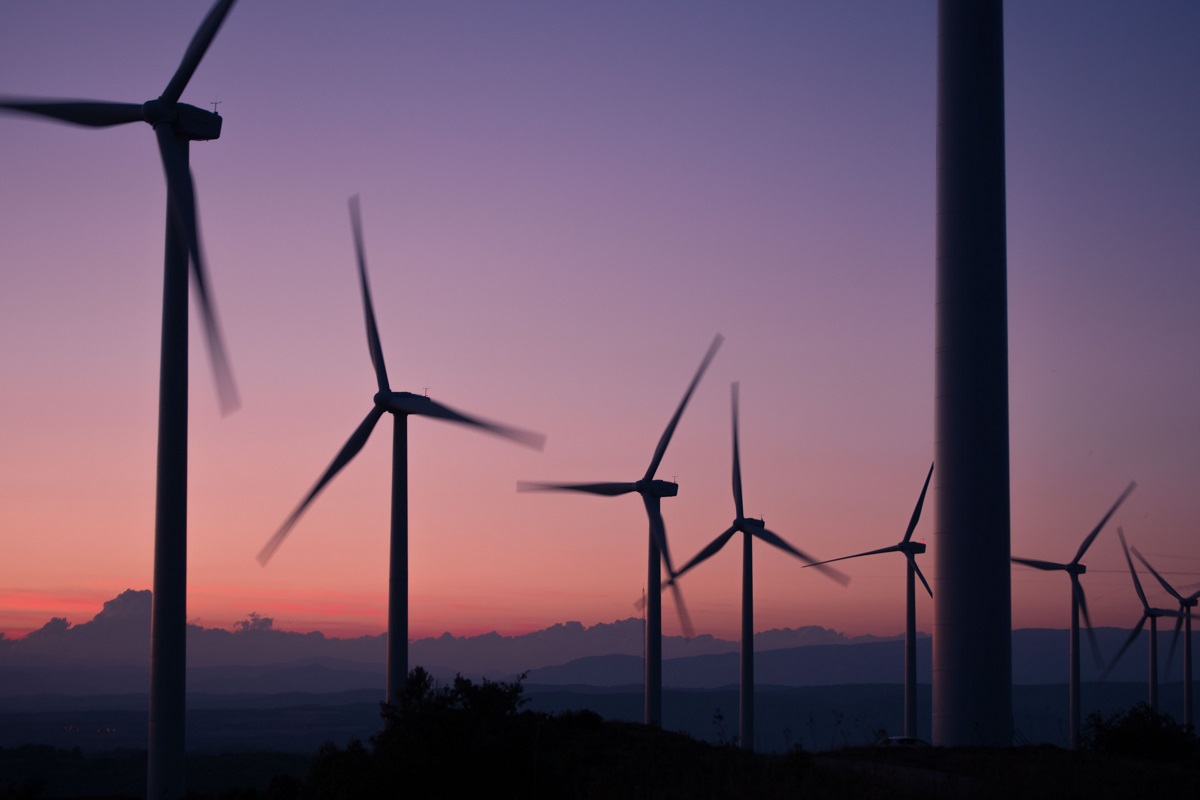Argentina, the most remote dragon in South America, has a solid natural potential for renewable energy sources. The country is abundant with wind potential, especially in the Patagonia area, sunny days, biomass, and hydro potential.
Despite these potentials, Argentina could not boast of significant investments in green energy five years ago. About 2% of the total electricity production came from renewable energy sources. A percentage that does not have a significant role in creating a greater diversification of the energy mix. In a relatively short period, i.e. last year, Argentina produced 13% of the total amount of electricity from renewable sources. Although this percentage is still small, it is at the same time very significant, as it records an annual growth of 10%, which is a positive trend to note.
If we add to this the fact that almost 97% of the new power generation capacities are renewable energy sources, the case of Argentina can rightly be considered as a good example of achieved results in the short term. Confirmation of that fact is the record historical coverage of the demand for electricity from renewable energy sources, which reached almost 29%. If the trend continues, the energy mix in 10 years will be completely different, and this will certainly affect the complete economic transformation of the country.
Data shows that the largest part of the investments is wind parks, i.e. 43%, followed by solar power plants with a share of almost 31% and small hydropower plants with 11.5%.
Although the energy transition process in Argentina is at an early stage, the country has shown a real example of possible rapid changes with an appropriate model and timely networking, which in turn has caused the creation of new functional market models. After the government of Argentina decided to encourage and support rapid changes, the RenovAr program was adopted, whose goal is that by 2025, 20% of the total energy produced will be from renewable sources. From the data above, it is more than clear that this target will not only be reached, but it is also possible to exceed it.
Argentina’s plan is based on attracting partners and fresh capital, which will realize the planned investments in green energy. Although the country, due to limited public finances, faces obstacles to the implementation of energy policies that lead to a green transition, a model has been created that is an example for many countries in the world. The start of the energy transition and the achievement of the goals were estimated at 35 billion dollars. To secure these funds with the support of the IFC, an action was organized. Through the auction, private bidders participated in the auction, according to international financial standards.
Investors recognized the solid model at the very first auction. The target was to attract projects of 1,000 MW, but projects were offered for six times the value. The auction ended with 2,4000 MW of wind and solar renewable energy projects. In this way, in the next two to three years, it is predicted to attract capital worth about 4 billion dollars.
This model certainly helped Argentina make a quantum leap, but it would not have been possible without the financial and expert assistance from the IFC, the World Bank, and other financial institutions.
Argentina’s model shows the potential of cooperation and the involvement of different entities that can help create innovative models that will provide fresh capital to accelerate the energy transition in the world.

